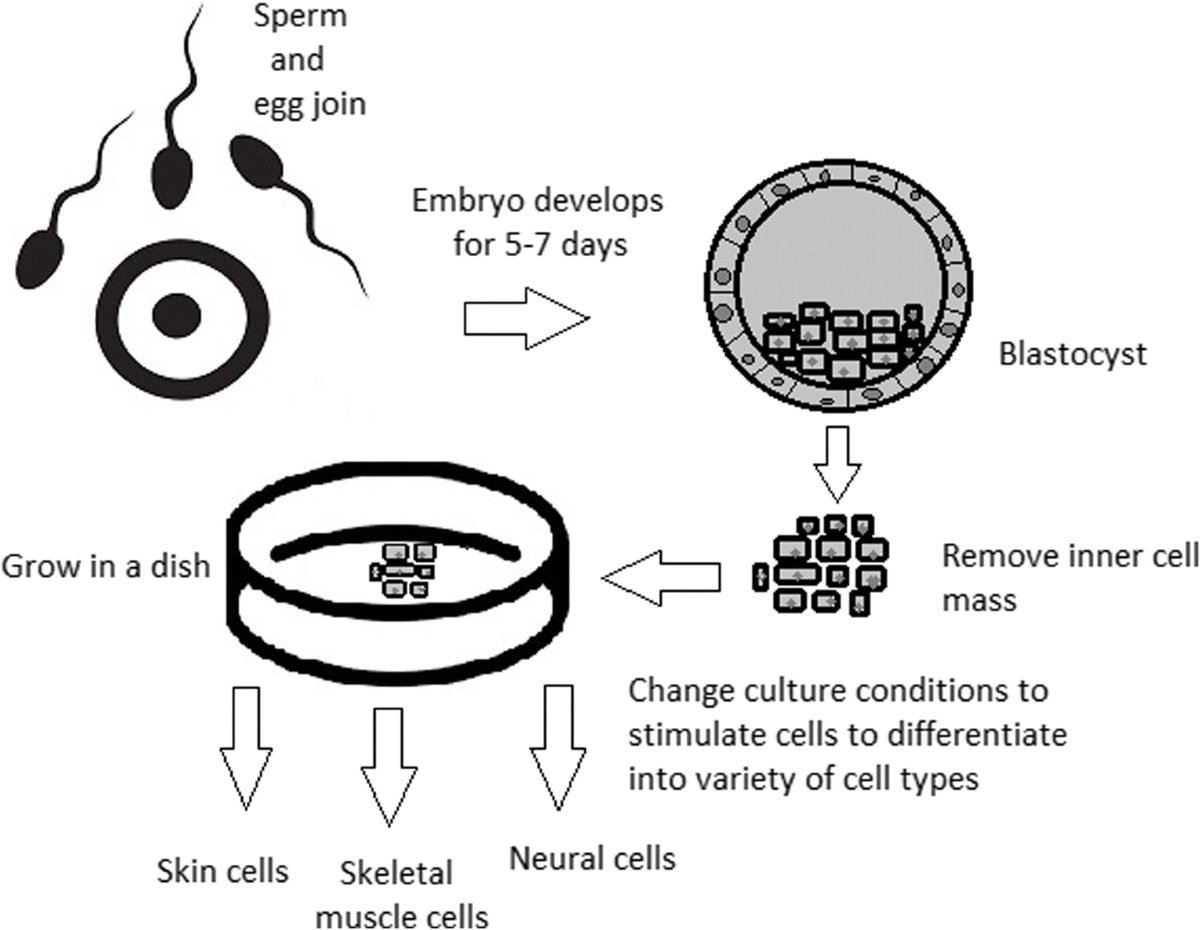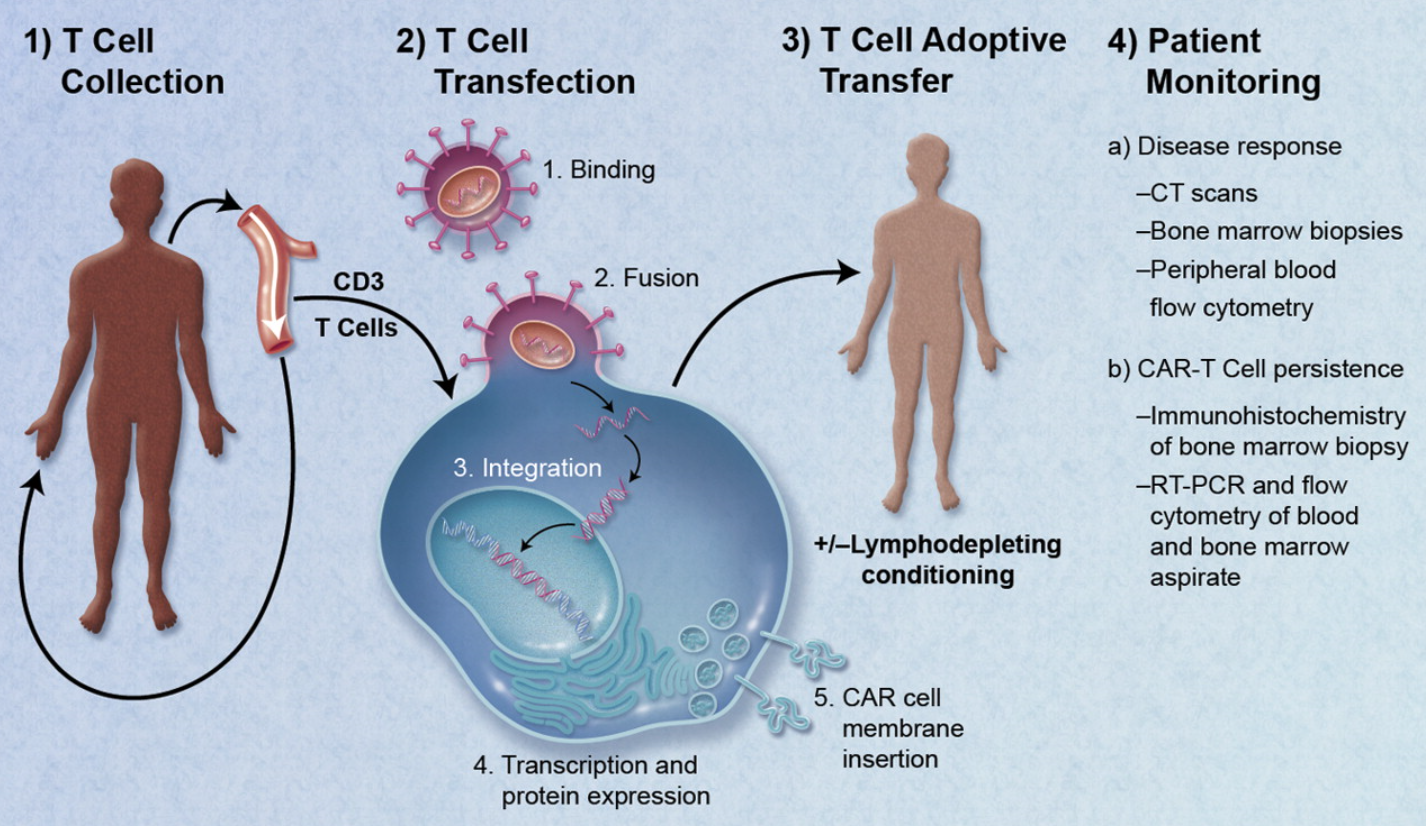Table of Contents

[/image][=video]
[/video]
A lot of websites utilized for bone marrow harvesting are situated in the hip bones and the sternum. In healing, the contributor may experience some discomfort in the areas where the needle was put.

If an autologous transplant is planned, previously accumulated stem cells, from either outer (apheresis) or harvest, are counted, screened, and ready to infuse. The preparations for a bone marrow transplant differ depending on the sort of transplant, the disease requiring transplant, and your tolerance for particular medicines. Take into consideration the following: Usually, high dosages of chemotherapy and/or radiation are consisted of in the prep work.
Ablative therapy avoids this process of cell manufacturing and the marrow ends up being vacant. An empty marrow is needed to make room for the new stem cells to expand and establish a brand-new blood cell manufacturing system.
It is not a procedure to put the marrow into the bone, however is similar to receiving a blood transfusion. The stem cells find their way right into the bone marrow and start recreating and expanding new, healthy blood cells. After the transplant, encouraging treatment is given to stop and treat infections, negative effects of therapies, and complications.
Medical Group servicing Eastpointe
The days before transplant are counted as minus days. The day of transplant is taken into consideration day no. Engraftment and healing complying with the transplant are counted as plus days. A client might get in the hospital on day -8 for preparative regimen. The day of transplant is numbered absolutely no. Days +1, +2, etc, will follow.
The days are numbered to help the patient and family members understand where they are in regards to dangers and discharge preparation. Throughout mixture of bone marrow, the client may experience the following: Discomfort Chills High Temperature Hives Breast discomfort After infusion, the patient may: Invest numerous weeks in the healthcare facility Be very at risk to infection Experience too much blood loss Required blood transfusions Be restricted to a clean setting Take several antibiotics and other medicines Be provided medicine to stop graft-versus-host diseaseif the transplant was allogeneic.
Platelets are generally the last blood cell to recover. Engraftment can be delayed since of infection, medications, reduced given away stem cell count, or graft failure.
Antibiotics, antifungal medicines, and antiviral medications are usually provided to try to protect against serious infection in the immunosuppressed patient. Thrombocytopenia (reduced platelets) and anemia (low red blood cells), as a result of a nonfunctioning bone marrow, can be unsafe and also serious.
Discomfort relevant to mouth sores and intestinal (GI) irritation prevails. High dosages of chemotherapy and radiation can trigger severe mucositis (inflammation of the mouth and GI system). Fluid overload is a complication that can cause pneumonia, liver damages, and hypertension. The primary factor for liquid overload is since the kidneys can not stay on par with the large quantity of liquid being given in the type of intravenous (IV) medicines, nourishment, and blood products.
Menopause Treatment

Respiratory status is a crucial function that might be compromised during transplant. Infection, inflammation of the respiratory tract, liquid overload, graft-versus-host disease, and blood loss are all prospective serious complications that may happen in the lungs and lung system. The liver and heart are essential organs that might be harmed throughout the hair transplant procedure.
Failing of the graft (transplant) holding in the marrow is a potential problem. Graft failure might take place as an outcome of infection, persistent disease, or if the stem cell matter of the contributed marrow was insufficient to trigger engraftment. Graft-versus-host illness (GVHD) can be a significant and deadly difficulty of a bone marrow transplant.
As opposed to an organ transplant where the patient's body immune system will certainly attempt to deny just the hair transplanted body organ, in GVHD the new or transplanted body immune system can assault the whole patient and all of his or her organs. This is due to the fact that the new cells do not identify the cells and body organs of the recipient's body as self.

One of the most usual sites for GVHD are GI system, liver, skin, and lungs. Prognosis considerably relies on the following: Kind of transplant Type and level of the illness being dealt with Illness reaction to treatment Genes Your age and total wellness Your resistance of specific medicines, procedures, or therapies Extent of issues Similar to any type of treatment, in bone marrow transplant the prognosis and long-term survival can vary considerably from one person to another.
Stem Cell Therapy local to Eastpointe
Continual follow-up treatment is essential for the patient complying with a bone marrow transplant. New techniques to improve therapy and to decrease complications and adverse effects of a bone marrow transplant are constantly being discovered.
Regenerative medicine treatments can be separated into 3 groups: assist in healing by injecting or putting live cells right into the individual. Instances of mobile treatment include PRP and stem cell treatments, which can be utilized to treat tendinopathy and various other sports injuries.
Outer nerves, for instance, consist of Schwann cells, nerve fibroblasts, and immune cells, each playing a function in nerve regeneration, as gone over below. Stem cell treatment is one of the most extensively investigated and promising branches of cell regeneration treatment. Some cells, such as epithelial cells in the skin or the lining of the stomach system, have a high turnover rate price can regenerate quicklySwiftly
Navigation
Latest Posts
Hormone Therapy around Eastpointe, Michigan
Perimenopause Treatment
Perimenopause Treatment in Eastpointe, Michigan